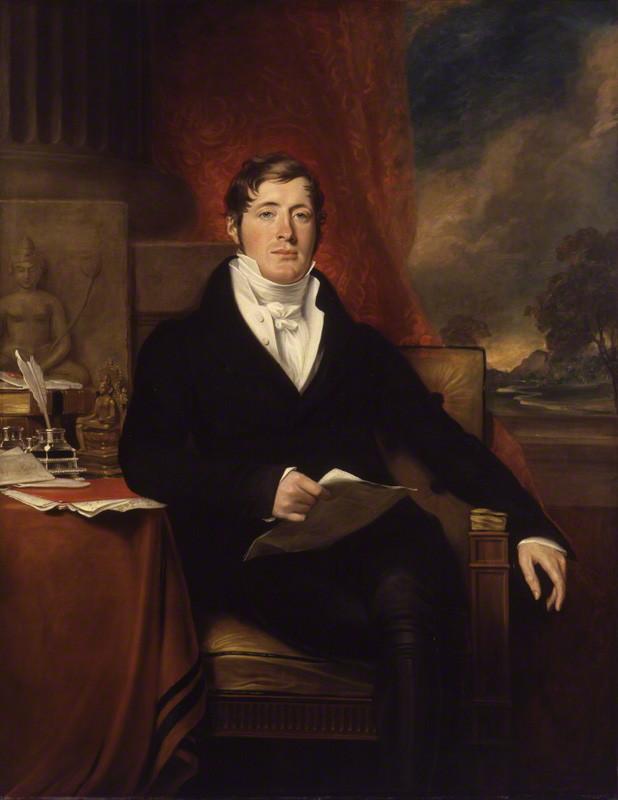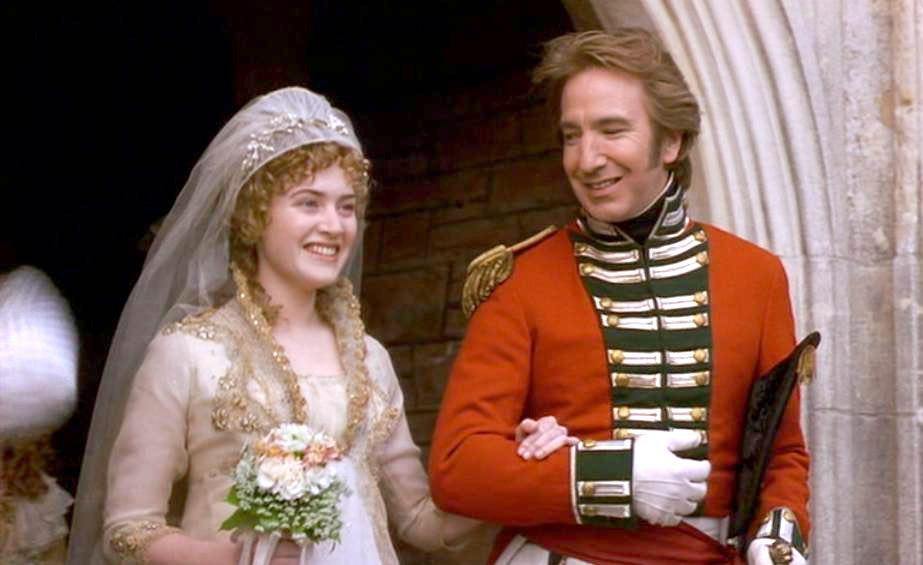The Well Ordered Nursery
 The Well Ordered Nursery
The Well Ordered Nursery
Many children, like Jane Austen herself, were sent to live with a wet nurse in the village for the first few years of life. These women were chosen for their patience and loving nature, as it was believed that the mother’s milk was endowed with the characteristics of its bestower. This arrangement seems to have done little harm—at least among the Austen children, who received early parental contact in the frequent visits of the Reverent and Mrs Austen.
Brook John, Elizabeth Austen Knight’s eleventh child, was not sent out but rather received the ministrations of a wet nurse in his Godmersham home ‘four times daily’. The overall care of the infant was superintended by the household’s head nurse, and if the mother herself suckled the child, the head nurse was by her side. During the first month of life, the child was bathed twice daily with warm water. During the second month it was advised that the water be gradually cooled to reach ‘spring’ water temperature. After bathing, the baby received a dusting of hair powder.
Contrary to the earlier custom of swaddling, infants’ legs were now given as much freedom as possible. All the while the head nurse kept a vigilant eye over her charge for any symptoms of illness or infection. The diaries of Fanny Austen Knight record the usual flu, colds, mumps and whooping cough passing through the family at Godmersham Park; none of their illnesses was particularly sever. For an infected finger, Fanny received ‘electrification’, which, remarkably, appears to have been effective. She also mentions younger brothers and sisters recovering from inoculations for the cow pox. Their dental work—usually the extraction of teeth—was dealt with in London; Jane Austen mentions taking her nieces and nephews to see the dentist. Ill health was managed in the first instance by the housekeeper and cook, who prepared home remedies for complaints as varied as ‘the Staggers’, ‘swell’d neck’ and ‘Bite of a Mad Dog’.
Recipes for a range of medical treatments were given in most cookery books of the period. Thereafter, the patient was under the management of the surgeon, the physician, the apothecary or, lastly, the unlicensed practitioner. Hartfield, in Emma, like most small towns or large villages, was typical in having only one apothecary. 
Older children in the nursery were more the concern of the undernurse, while the nursery maid saw to the housework of the room that comprised the nursery, keeping everything clean and neat and the fire lit. The under-nurse awakened the children at seven, bathed and dressed them, and sent them off to breakfast at the nursery table, ‘in the most peaceful and orderly manner’, advised The Compleat Servant (1825). After breakfast the children were taken out for air and exercise. On returning, their hands and feet were washed, and afterwards they joined the governess in the school room for lessons. The governess, whose high office was the education and guidance of young ladies and gentlemen, was advised not to make herself too familiar with the domestic servants, and ‘to conduct herself in such a manner, as never to render an apology necessary for her presence at family parties.’ She taught her pupils English, literature, poetry, letter-writing, French, Italian (the language of music), arithmetic, geography, popular sciences and religion, as ‘no young persons should have these accomplishments and sources of knowledge withheld from them.’ Lessons lasted until dinner in the late afternoon, which for children was always taken in the nursery.
After dinner, if the weather was good, the children might again have outdoor activities; otherwise they amused themselves with dancing, skipping-rope and dumbbells—all important for inducing exercise—or games such as chess and cards. Jane Austen entertained her visiting nephews with bilbocatch, spillikins, paper ships, riddles, conundrums and cards. In the evening another session of instruction was undertaken, usually a combination of scholastics and art. It was the governess’s further responsibility to teach needlework (both plain and ornamental), dancing, drawing, and the first lessons on the piano forte, before this task was taken over by the music master. Bed was promptly at eight o’clock.
Excerpted from Jane Austen: In Style, written by Susan Watkins and photographed by Hugh Palmer. Published by Thames & Hudson Ltd in 1996, it is now out of print, but well worth tracking down.
Portrait: Mrs Robert Shurlock and her daughter Ann, painted by her father, John Russell.
Enjoyed this article? If you don't want to miss a beat when it comes to Jane Austen, make sure you are signed up to the Jane Austen newsletter for exclusive updates and discounts from our Online Gift Shop.



Leave a comment
This site is protected by hCaptcha and the hCaptcha Privacy Policy and Terms of Service apply.